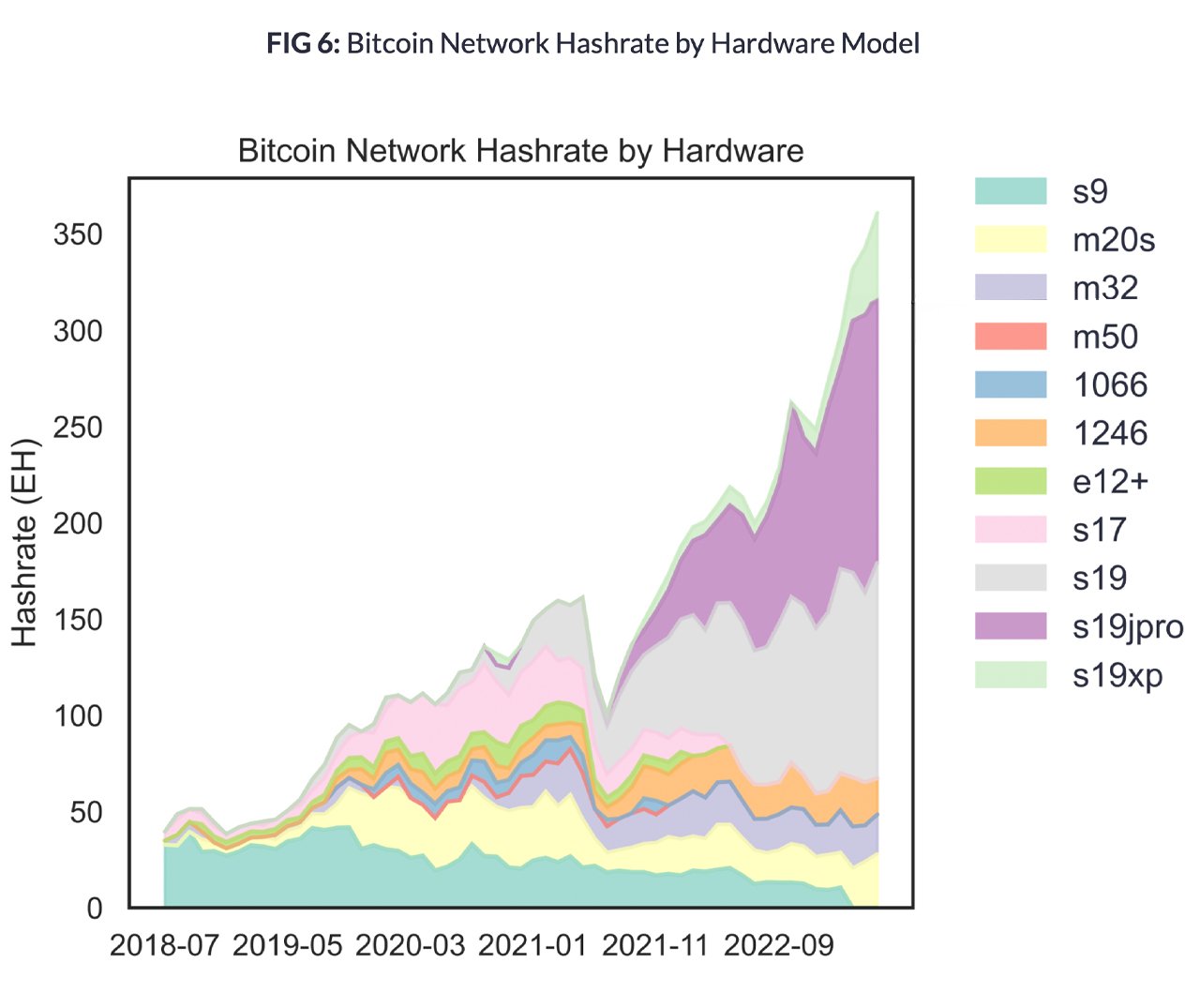The Economics of Mining: From Hardware to Hashrates

- Understanding the costs of mining hardware
- The impact of electricity prices on mining profitability
- Exploring the concept of hash rates in cryptocurrency mining
- Analyzing the role of mining pools in the economics of mining
- The environmental implications of cryptocurrency mining
- Strategies for maximizing mining profitability in a competitive market
Understanding the costs of mining hardware
Mining hardware costs are a crucial aspect to consider when delving into the world of cryptocurrency mining. The initial investment in hardware can vary significantly depending on the type of mining rig you choose. It is essential to understand the costs associated with different mining hardware options to make an informed decision.
When it comes to mining hardware, there are several factors to consider that can impact the overall cost. These factors include the upfront cost of the hardware, the energy consumption of the mining rig, and the hash rate it can achieve. Each of these factors plays a significant role in determining the profitability of your mining operation.
One of the most critical aspects of mining hardware costs is the upfront investment required to purchase the equipment. Different types of mining rigs come with varying price tags, ranging from a few hundred dollars to several thousand. It is essential to consider your budget and mining goals when selecting the right hardware for your operation.
In addition to the upfront cost, the energy consumption of the mining hardware is another crucial factor to consider. Mining rigs require a significant amount of electricity to operate, which can add up to substantial costs over time. It is essential to calculate the energy consumption of your mining rig and factor this into your overall expenses.
Lastly, the hash rate of the mining hardware is another essential consideration when evaluating costs. The hash rate determines how quickly a mining rig can solve complex mathematical problems and mine new blocks. Higher hash rates typically result in higher mining rewards but also require more energy to operate.
The impact of electricity prices on mining profitability
Electricity prices play a crucial role in determining the profitability of mining operations. The cost of electricity is one of the most significant expenses for miners, as it directly impacts their bottom line. When electricity prices are high, mining profitability decreases, making it more challenging for miners to stay competitive in the market.
Miners are constantly looking for ways to reduce their electricity costs in order to maximize their profits. This can involve moving operations to locations with lower electricity prices, investing in more energy-efficient hardware, or negotiating better rates with utility providers. By lowering their electricity expenses, miners can increase their profitability and gain a competitive edge in the industry.
Fluctuations in electricity prices can have a significant impact on mining profitability. When prices are low, miners can increase their profits, but when prices rise, their margins are squeezed. This makes it essential for miners to closely monitor electricity prices and adjust their operations accordingly to maintain profitability.
Exploring the concept of hash rates in cryptocurrency mining
When it comes to cryptocurrency mining, understanding the concept of hash rates is crucial. Hash rate refers to the speed at which a mining machine operates. It represents the number of calculations that a miner can perform in a second. The higher the hash rate, the more likely a miner is to solve the complex mathematical problems required to validate transactions and add new blocks to the blockchain.
Hash rates are typically measured in hashes per second (H/s), kilo hashes per second (KH/s), mega hashes per second (MH/s), giga hashes per second (GH/s), tera hashes per second (TH/s), and even peta hashes per second (PH/s). Miners aim to achieve higher hash rates to increase their chances of successfully mining a block and earning the associated rewards.
It’s important to note that hash rates can vary depending on the mining hardware being used. Different types of hardware, such as CPUs, GPUs, and ASICs, have different hash rates and energy consumption levels. Miners often need to strike a balance between hash rate, energy efficiency, and cost when choosing their mining equipment.
Analyzing the role of mining pools in the economics of mining
When it comes to the economics of mining, mining pools play a crucial role in the process. Mining pools are groups of miners who come together to combine their computational resources in order to increase their chances of solving a block and receiving the associated reward. By pooling their resources, miners can collectively solve more blocks and earn more consistent rewards, which helps to offset the inherent variability in mining returns.
One of the key advantages of mining pools is that they allow individual miners to participate in the mining process without having to invest in expensive hardware or compete against large mining operations. This democratization of the mining process has helped to decentralize the network and make it more accessible to a wider range of participants.
From an economic perspective, mining pools help to distribute the rewards of mining more evenly among participants. By sharing the rewards of block discovery, mining pools help to reduce the variance in mining returns and provide a more stable source of income for miners. This can be particularly important for smaller miners who may not have the resources to compete with larger mining operations on their own.
The environmental implications of cryptocurrency mining
The environmental implications of **cryptocurrency mining** are a growing concern as the industry continues to expand. The process of mining **cryptocurrencies** requires a significant amount of energy, leading to a high carbon footprint. This has raised questions about the sustainability of **mining operations** and their impact on the environment.
One of the main issues with **cryptocurrency mining** is the amount of electricity it consumes. **Mining rigs** require powerful hardware to solve complex mathematical problems, which in turn requires a large amount of electricity. This has led to **mining farms** being set up in areas with cheap electricity, often from non-renewable sources such as coal.
Another concern is the electronic waste generated by **mining equipment**. As **mining hardware** becomes obsolete or no longer profitable, it is often discarded, leading to environmental pollution. This has prompted calls for more sustainable practices in the **cryptocurrency mining** industry.
Some **cryptocurrency** projects are exploring alternative **mining algorithms** that require less energy to operate. For example, **Proof of Stake** is a consensus mechanism that does not require **miners** to solve complex mathematical problems, significantly reducing energy consumption. However, these alternatives are not without their own challenges and trade-offs.
In conclusion, the environmental implications of **cryptocurrency mining** are a complex issue that requires careful consideration. While **mining** is essential for the functioning of **blockchain networks**, it is important to find ways to reduce its environmental impact. This may involve a combination of **regulatory measures**, technological innovations, and **industry** initiatives to promote sustainability in the **mining sector**.
Strategies for maximizing mining profitability in a competitive market
In order to maximize mining profitability in a competitive market, miners need to implement a variety of strategies to stay ahead of the curve. One key strategy is to constantly monitor and adjust mining hardware to ensure optimal performance. This includes regularly updating software, replacing outdated equipment, and investing in newer, more efficient hardware.
Another important strategy is to diversify mining operations by mining multiple cryptocurrencies. By spreading out mining efforts, miners can reduce risk and take advantage of fluctuations in the market. Additionally, miners can consider joining mining pools to increase their chances of earning rewards more consistently.
Efficiency is crucial in maximizing profitability, so miners should focus on reducing energy costs and optimizing hash rates. This can be achieved through techniques such as overclocking hardware, adjusting mining algorithms, and exploring alternative energy sources like solar or wind power.
Furthermore, staying informed about market trends and regulatory changes is essential for making informed decisions. By keeping a close eye on industry news and developments, miners can adapt their strategies to remain competitive and profitable in the ever-evolving mining landscape.
Overall, by implementing a combination of these strategies and staying proactive in their approach, miners can position themselves for success in a competitive mining market. By continuously optimizing their operations and staying ahead of the curve, miners can maximize their profitability and thrive in the dynamic world of cryptocurrency mining.





